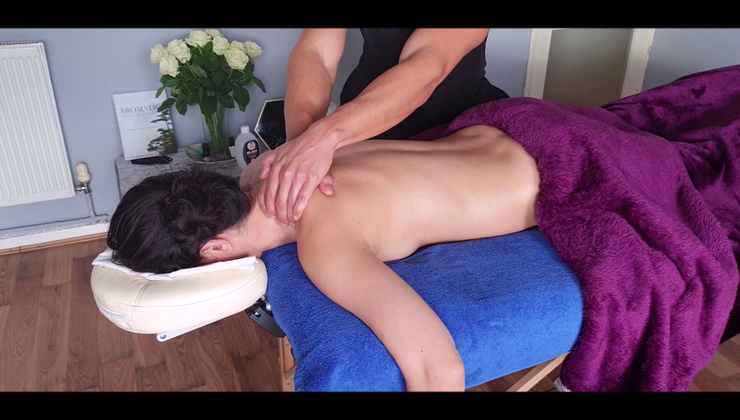
Thai massage therapy is a long-standing therapy that blends Indian Ayurvedic, Acupressure, and Swedish techniques. The concept that was initially developed of Shen lines, also more precisely, energy lines, was applied as “Thai massage”. Check out the post right here These are similar to nadis in the practice and philosophy of yoga. This massage therapy uses pressure points to create desired effects.
The most commonly used kinds of Thai massage are: adho Mukha Svanasana, Suvarna Svanasana and Kapalabhati. All of them are standing forward postures. These positions are thought to increase physical and mental flexibility, while eliminating any tension and reducing the likelihood of injuries. Another intriguing aspect of Thai massage is that it allows the practitioner can apply hot and cold objects to the body and/or apply a variety of massage oils. The practitioner may also be in a position to establish an energy connection with the patient which is similar to spiritual healers.
Similar to any other type of massage, Thai massage is self-administered. However, it is crucial that the person receiving the massage make adjustments to their breathing to get the most benefit. The Thai massage practitioner can stretch legs using their hands and create a non-slip connection with the person receiving. This is accomplished by applying pressure along the leg’s length and width in order to relax muscles that are tight and promote circulation. In some instances the therapist can stretch the recipient’s arms and neck to achieve the same effect.
One of the biggest advantages of Thai massage is its capacity to help exchange energy throughout the body. Traditional Thai massage uses a combination of movements, motions as well as the palms of the hands to reach various areas of the body and provide therapeutic effects. The “palming” motion is the most popular and well-known in this type of massage therapy. When performing traditional Thai massage, the practitioner will place their hands directly on the skin as they move their thumbs upwards and downwards across the skin in a lateral direction. This creates a frictionless energy exchange between the two of them.
Stretching is an additional element of Thai massage therapy. Stretching allows for greater flexibility in the muscles of the person receiving the massage. By stretching out the muscles, the practitioner is also capable of shortening the muscle tissue that they are trying to get rid of. When muscles are stretched out, the practitioner will then move their hands in different stretching positions, applying tension to the muscles that they are stretching in order to loosen them completely. The recipient can move freely during the massage session.
Researchers also found that Thai massage could help ease back pain for certain people. Particularly, in one study conducted by researchers at the University of Utah, it was discovered that Thai massage may alleviate pain for those suffering from chronic back pain. Participants were required to hold and press to a part of the patient’s lower back to help move bones in the desired direction. In the process of this method, the back pain was alleviated. The simple Thai massage also led to an improvement in mobility for the patients.
A Thai massage can ease tight sleeves. Specifically, the spasms in the muscles around the arm may be relieved if the individual is raised by the practitioner. In some instances, the participant may not even feel a relaxation of muscles in the region however holding the arm in the air could help loosen the tendons in between the muscle and the sleeves.
Furthermore, Thai massage may also help improve an individual’s athletic performance. Researchers have discovered that Thai massage can relax quadriceps as well as legs muscles. However, they did note that these benefits were evident during the warm-up and cool down portions of exercise. Particularly, the athletes who employed Thai massages reported less tightness of the calf muscles in the course of exercises. This could be attributable to the warm up and cool down periods of an athlete’s routine typically include tightening of muscles.